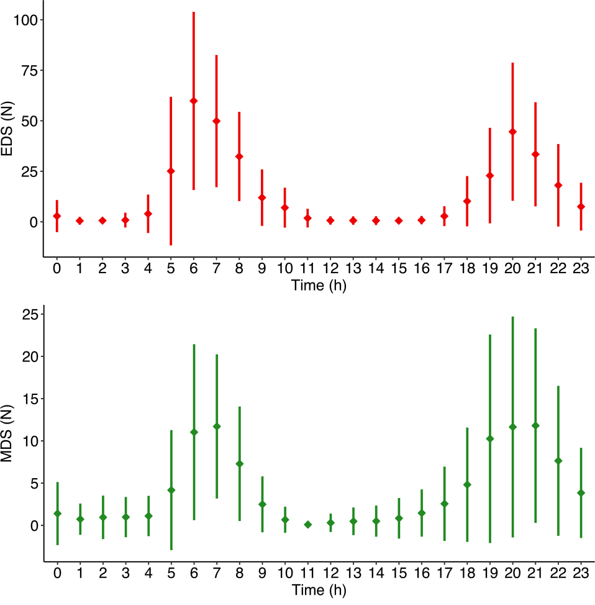 LINKED PAPER
LINKED PAPER
Passive acoustic monitoring of the endangered African Penguin (Spheniscus demersus) using autonomous recording units and ecoacoustic indices. Favaro, L., Cresta, E., Friard, O., Ludynia, K., Mathevon, N., Pichegru, L., Reby, D. & Gamba, M. 2021. IBIS. DOI: 10.1111/ibi.12970. VIEW
Penguins are not songbirds, but that does not prevent them from ‘singing’. The African Penguin (Spheniscus demersus), for example, produces two display songs (Favaro et al. 2014). The first song – known as the ecstatic display song – is used by males to attract females and defend their territory. A second type of display song is uttered by males and females when they meet each other after a foraging trip at sea. Hence, it is called the mutual display song (Jouventin 1982). These vocalizations are not only useful for the penguins themselves, scientists might also take advantage of them. The number of ecstatic display songs is a reliable indicator for the number of breeding males in a colony. Could we use the penguin songs for monitoring?
Two peaks
An international team of ornithologists tested this idea and placed recorders in a South African colony of African Penguins. The resulting data showed two clear peaks of vocal activity. The first peak occurred between 04:00 and 08:00 when the males mainly produced their ecstatic display song (possibly related to territorial defense). The second peak took place between 17:30 and 21:30 when the penguins uttered mutual display songs, reuniting with their partner after a foraging trip. The penguin songs are thus concentrated in distinct periods, which is very handy for monitoring.

Figure 1. The recordings revealed two peaks of vocal activity when the penguins produced ecstatic display songs (top, in red) and mutual display songs (bottom, in green).
Acoustic indices
However, manually checking all recordings for the number of ecstatic display songs is undoable. To circumvent this issue, the researchers turned to several acoustic indices that have been developed to extract relevant information out of noisy recordings (Sueur et al. 2014). Analyses of several indices revealed that the Acoustic Entropy Index correlated best with the number of ecstatic display songs in the colony. Acoustic monitoring with this index is thus a promising approach to estimate the number of breeding males in a penguin colony. Moreover, this strategy minimizes the disturbance to the African Penguins, which have been decreasing in recent years (Crawford et al. 2011). We can keep an eye (or ear) on the penguins and they can continue to sing their songs.
References
Crawford, R., Altwegg, R., Barham, B.J., Barham, P.J., Durant, J.M., Dyer, B.M., Geldenhuys, D., Makhado, A.B., Pichegru, L., Ryan, P.G., Underhill, L.G., Upfold, L., Visagie, J., Waller, L.J. & Whittington, P.A. (2011). Collapse of South Africa’s penguins in the early 21st century: a consideration of food availability. African Journal of Marine Science 33: 139– 156. VIEW
Favaro, L., Ozella, L. & Pessani, D. (2014). The vocal repertoire of the African Penguin (Spheniscus demersus): structure and function of calls. PLoS One 9: e103460. VIEW
Jouventin, P. (1982). Visual and vocal signals in penguins, their evolution and adaptive characters. Advances in Ethology 58(S24): 3– 148. VIEW
Sueur, J., Farina, A., Gasc, A., Pieretti, N. & Pavoine, S. (2014). Acoustic indices for biodiversity assessment and landscape investigation. Acta Acustica united with Acustica 100: 772– 781. VIEW
Image credits
Top right: African Penguin (Spheniscus demersus) | Rob Killips | CC BY-SA 4.0 Wikimedia Commons
Blog posts express the views of the individual author(s) and not those of the BOU.
If you want to write about your research in #theBOUblog, then please see here





